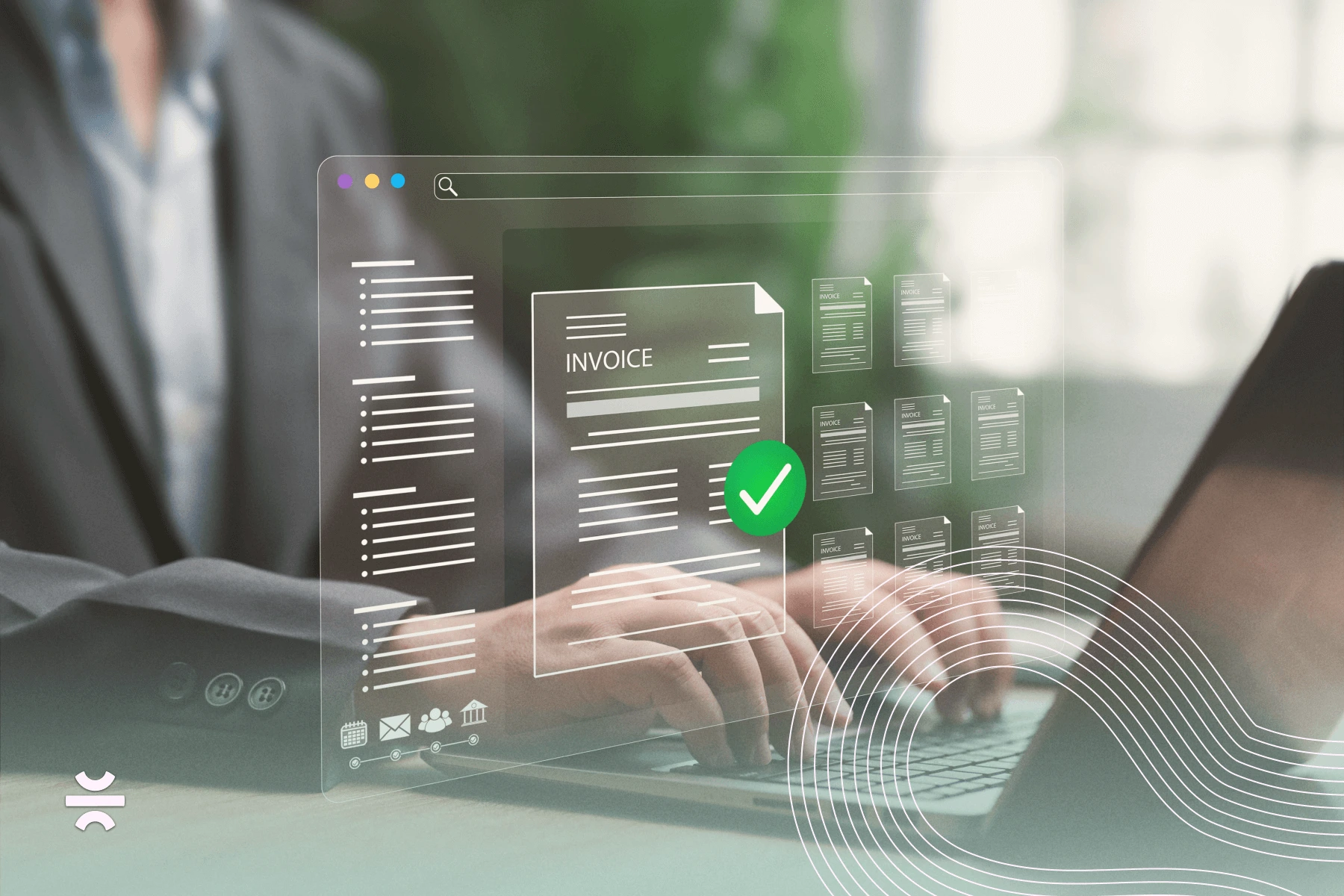As a founder, you know things don't always go as planned.
One of your biggest customers could delay payment on an invoice, reducing your cash flow. A natural disaster, recession, or unexpected pandemic could strike, slowing down business and threatening your ability to make payroll.
However, with a business emergency fund, you’ll have cash to fall back on when unanticipated expenses happen.
Knowing the five essential steps to create an emergency fund, including the formula to determine how much to save, could be the difference between weathering the storm or watching your business slowly sink.
What is a business emergency fund?
A business emergency fund is extra money set aside to cover unexpected expenses, operations while business is slow, or new business opportunities. In accounting, these cash reserve funds also go by "retained earnings" or "capital reserves."
Why have a business emergency fund?
Like personal funds set aside for a rainy day, a business emergency fund provides financial assistance during unexpected challenges.
During the first year of the COVID-19 pandemic, approximately 200,000 businesses shut down in the United States alone. No one saw the pandemic coming, but those with an emergency fund had a fighting chance to weather the storm.
You never know what challenges your business will face. But the reasons for an emergency fund don't just include major global crises; there are also scenarios like falling ill, a key employee taking leave, a lawsuit, or a longer-than-expected slow season.
A business emergency fund provides an extra layer of security, helping you avoid dipping into your personal savings or taking on debt with a business loan.
Cash reserves provide a safety net that safeguards your savings and gives you a boost to navigate challenging times without jeopardizing your long-term financial well-being.
How to create an emergency fund in 5 steps
It's good practice to keep enough cash in your emergency fund to cover business expenses for three to six months. This strategy may be one of your biggest saving goals for your business.
Here’s how to get started on building your cash reserve:
1. Decide on a savings model
A simple way to build your business emergency fund is to save a percentage of your net income every month. By doing so, your savings will grow even during downturns since you’re saving based on a percentage, not static numbers.
This savings model is especially useful for businesses that experience seasonal fluctuations where revenue can spike or slow down during specific times of the year.
Alternatively, you can put your savings on autopilot. Determine the amount of cash reserves you require and arrange for your bank to automatically transfer a fixed dollar amount into a separate account weekly.
You can continue this process until you reach your savings goal or even indefinitely, building a larger cushion for future opportunities.
2. Calculate your recurring expenses
Go through your business budget carefully, adding up all your recurring expenses. There are a few line items business owners commonly miss:
- Workers' compensation insurance, commercial vehicle insurance, professional liability insurance, and general liability insurance
- Accounting fees
- Taxes
- Payroll expenses (including bonuses and paid time off)
- Software and website hosting
- Business licenses
- Professional membership dues
- Marketing
- Office supplies
- Utilities
3. Identify your desired emergency fund ratio
It’s important to find your emergency fund sweet spot. The following steps below will give you the total amount you should aim to keep in your cash reserves:
- Determine how many months of expenses you want your emergency fund to cover. We recommend three to six months.
- Examine your financial statements. If you don't have a cash flow statement from the previous year because your business is new, use any available financial statements to make estimates or projections.
- Identify your total business expenses for the year.
- Divide your total by 12 to get your average monthly expenses.
- Multiply the average monthly expenses by the months you determined in step one.
Ready to calculate? Here’s the formula:
- Cash reserve = (total annual expenses ⁄ 12) x [n] months
Remember, this equation provides a starting point. You may need to adjust based on factors like seasonality and cash flow. Consider these factors and tailor your cash reserve calculation accordingly.
4. Identify opportunities for reducing your expenses
Fixed expenses in your business can add up quickly. The lower your expenses, the faster you'll be able to save enough to cover them for several months.
Consider a few options to keep spending in check and watch your emergency fund grow:
- Closely monitor and limit your software subscription costs
- Rent coworking space or other flexible workspaces.
- Re-negotiate your contracts.
- Look for more affordable insurance.
- Find ways to reduce energy expenses.
- Purchase used or refurbished equipment.
5. Create a business savings account and schedule transfers
Open a business savings account at a credit union or business bank to create cash reserves.
Initially, you can start with a regular business savings account for your emergency fund. As your fund grows over time, consider investing a portion of it in an account that offers higher returns, such as a money market account.
Whatever savings vehicle you choose, it's crucial to maintain enough easily-liquidated cash to cover emergencies.
Preparation is key to running a successful business
For founders, having a business emergency fund is key for strategic financial management, resilience during tough times, and business growth.
Simply open a business savings account, make your initial deposit, and set yourself up for financial security and peace of mind.
Want to reach your savings goals faster? A financial team can be a great asset. With their expertise in financial planning, budgeting, and investment guidance, you can easily grow your emergency fund, all while reducing expenses.
.avif)









